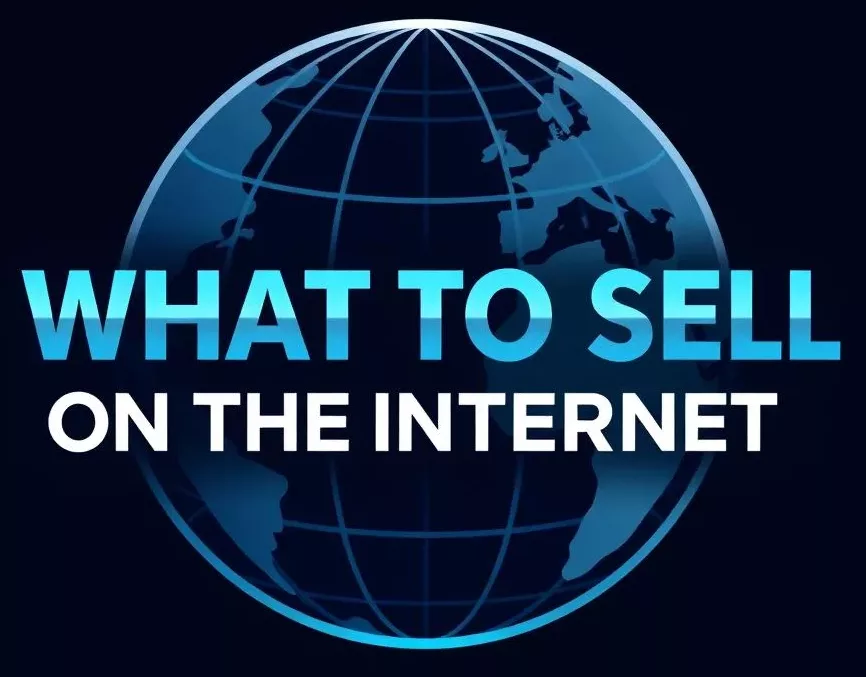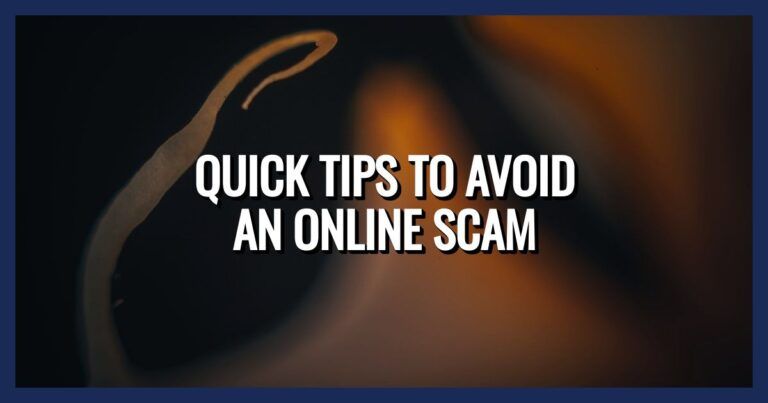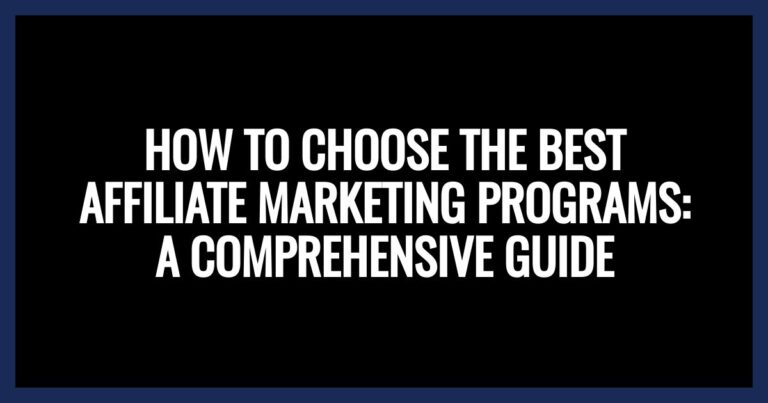The Beginner’s Guide To Affiliate Marketing Greatness
The Beginner’s Guide To Affiliate Marketing
Welcome to The Beginner’s Guide To Affiliate Marketing Greatness. If you’re intrigued by the idea of earning a passive income online, affiliate marketing might be the endeavor you’re searching for. But first, you’ll want a clear grasp of what it entails. Welcome to The Beginner’s Guide To Affiliate Marketing.
Table of Contents
At its core, affiliate marketing is a performance-based business model where you, the affiliate, earn commissions by promoting someone else’s products or services. Think of yourself not just as a promoter, but as a crucial link between potential customers and the products they might benefit from.

There are several affiliate marketing models you can explore. Pay-Per-Click (PPC) earns you money each time someone clicks on a link you provide. Pay-Per-Lead (PPL) nets you a commission for each lead or sign-up you generate. Pay-Per-Sale (PPS), often the most lucrative, pays out when a purchase is made through your referral.
Venturing into affiliate marketing has its advantages, such as low start-up costs and flexible working hours. However, it’s not all a breeze; it demands time, strategy, and consistency.

In my detailed post ‘4 Steps To Success,’ I unpack the affiliate marketing process in a way that’s easy to understand, especially if you’re a beginner. Click this link to read ‘4 Steps To Success’ now. (It will open in another window so you can return to this post.)
Setting the Stage: Key Steps to Begin Your Affiliate Marketing Journey
Starting in affiliate marketing is akin to setting up a new business: it requires planning, commitment, and smart decision-making. Which is why I created The Beginner’s Guide To Affiliate Marketing. I’ve seen many eager individuals jump in without a clear plan, only to feel overwhelmed. To help you avoid this, I’m going to outline the steps you can take to establish a solid foundation for your affiliate marketing endeavors.

Firstly, it’s essential to choose the right affiliate network. Networks like Amazon Associates, Commission Junction (CJ), and ShareASale are some of the industry’s heavy hitters. You’ll want to consider the network’s reputation, the commission rates, the ease of use, and the support they offer affiliates. Every network has its strengths and suitable products, so it’s wise to research each one carefully.
Next, finding your niche should be your top priority. Your niche is the specific market segment you’ll target. It’s where your personal or professional interests align with what’s in demand. For instance, if you’re an avid traveler, you might focus on travel gear, booking services, or destination guides. When selecting your niche, think about profitability, competition, and your expertise in the area.
A compelling digital presence is also essential. In today’s world, this typically involves launching a website and establishing a foothold on relevant social media platforms. Your website should be user-friendly, and a resource where potential customers can learn about the products you endorse. For social media, prioritize authenticity and engage genuinely with your audience.

Crafting content that engages and informs your audience shouldn’t be an afterthought. Whether it’s product reviews, tutorials, or personal stories, your content needs to provide real value to your readers. This not only helps in building trust but also positions you as an authority in your niche.
Keep these key steps in mind and you’ll set yourself up for a more successful affiliate marketing journey. Do it right, and you won’t just sell products; you’ll build a loyal audience that relies on your expertise.
Marketing Strategies for Success: Attracting Traffic and Converting Leads
Now, I’ve selected my niche and set up my online real estate with a user-friendly website and social media profiles. The real challenge is how to pull in traffic and make sure that traffic converts into sales. SEO is crucial—it’s the backbone of driving organic traffic. By targeting the right keywords and creating quality content, I ensure that my site ranks well on search engine results pages.
But it’s not just about being visible. It’s about engaging with potential customers. That’s why I integrate email marketing into my strategy. With tailored newsletters that present offers and valuable information, I keep my audience interested and coming back for more.
Social media can’t be ignored either. It offers a direct line to my audience. I use platforms like Instagram, Facebook, and Twitter to share content, interact with followers, and promote my affiliate products.Then there’s conversion optimization. It’s one thing to get traffic; it’s another to convert that traffic into sales. I A/B test different elements of my website, from the layout to the call-to-action buttons, to see what works best at converting visitors into customers.
Why spend time and effort attracting traffic if it doesn’t lead to sales? By fine-tuning my marketing strategies and truly understanding my audience, I’ve learned to not only attract visitors but also convert them into revenue. It’s a continuous process of testing, learning, and growing – crucial for scaling up my affiliate marketing efforts.
Navigating Challenges and Maximizing Profits in Affiliate Marketing
No business journey is without its bumps in the road, and affiliate marketing is no exception. Recognizing common pitfalls early can keep you on the path to success. For instance, avoid getting caught in the trap of promoting too many products or neglecting the importance of trust with your audience. Your reputation is your most valuable asset.

Having a robust toolbox for analyzing performance is crucial. I use specific tools and metrics to track my affiliate campaigns. Data is power here — it can tell you what’s working and what’s not. Conversion rates, click-through rates, and the average order value are just a few examples of what you should be monitoring regularly. Adjust your strategies based on this data for improved results.
>>Want To Learn The Basics For FREE? Check Out Wealthy Affiliate’s Starter Program<<
Adaptability is key in affiliate marketing. Consumer trends and market dynamics can shift quickly, and your ability to pivot can make or break your success. Stay informed, be prepared to experiment with new approaches, and always learning new ways to promote your ideas or products. This way, you can capitalize on opportunities as they arise.

Finally, consider the big picture. Sustainable growth in affiliate marketing doesn’t happen overnight. It’s about building a brand and a loyal following over time. Focus on creating value and fostering relationships rather than just selling. Adapt to the needs of your audience and worry about sells afterwards, your mission should be to provide your followers with solutions to their problems. This long-term mindset will help you not just survive, but thrive in the competitive world of affiliate marketing. Thank you for reading the beginner’s guide to affiliate marketing. Please bookmark my site so you may return to learn more in your affiliate journey.
Visit Wealthy Affiliate
We Can Teach Anyone To Build A Successful Online Business







